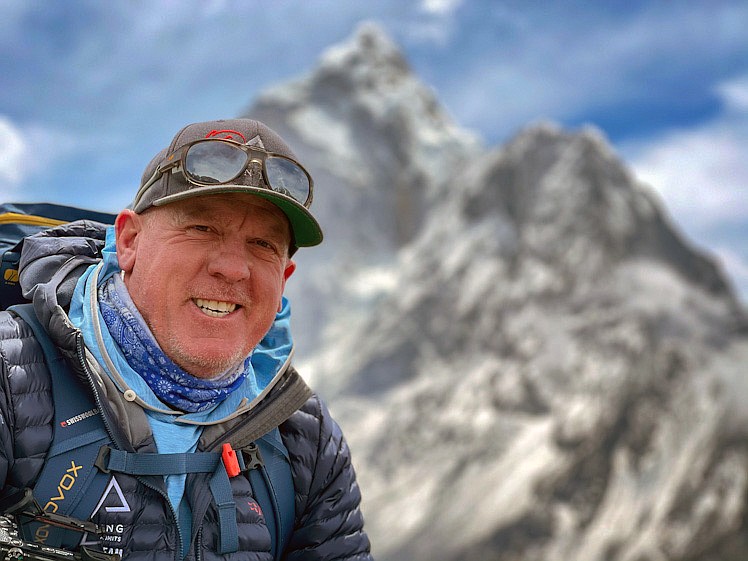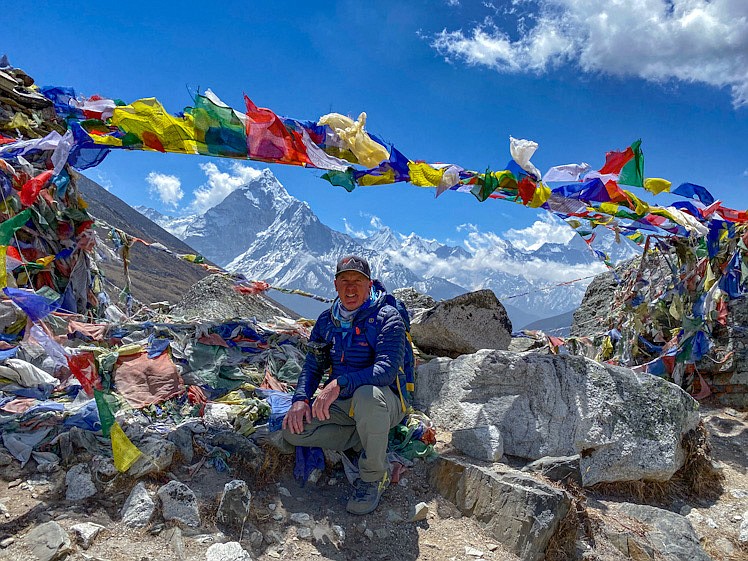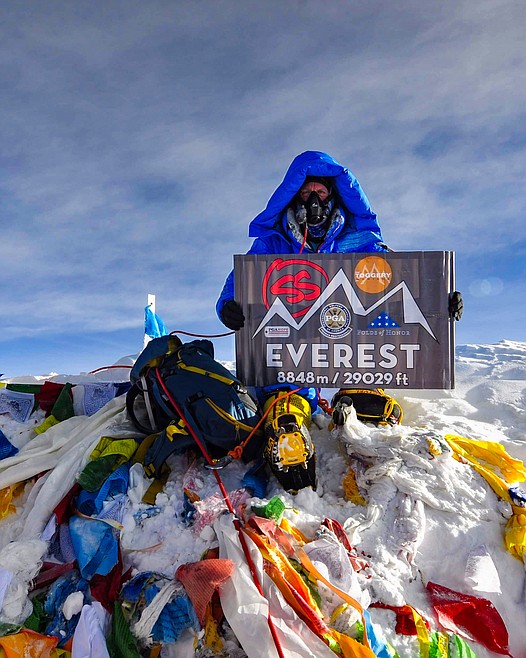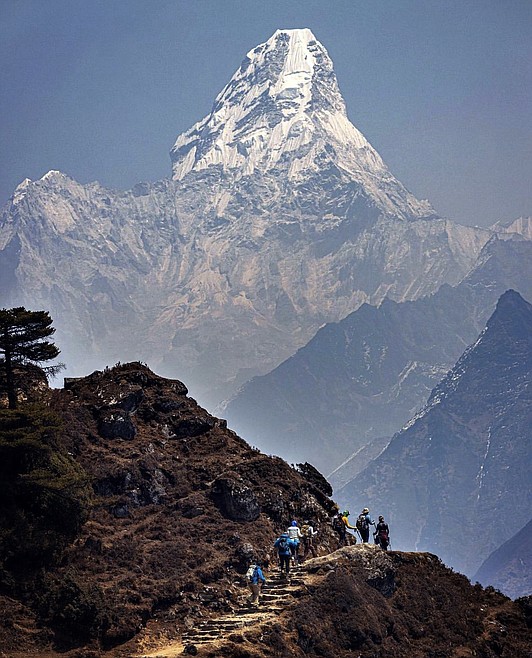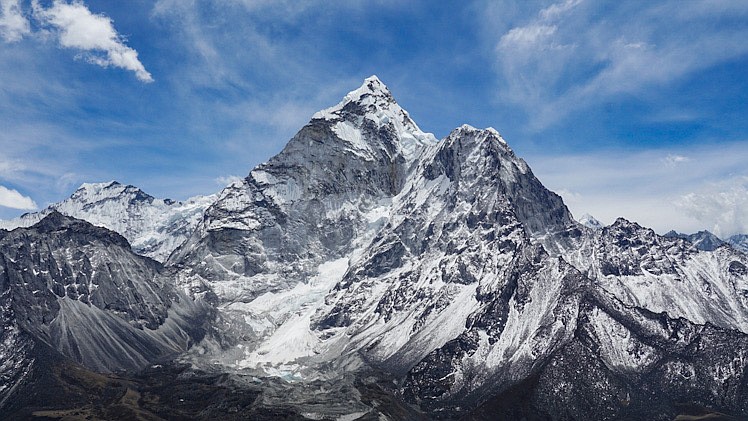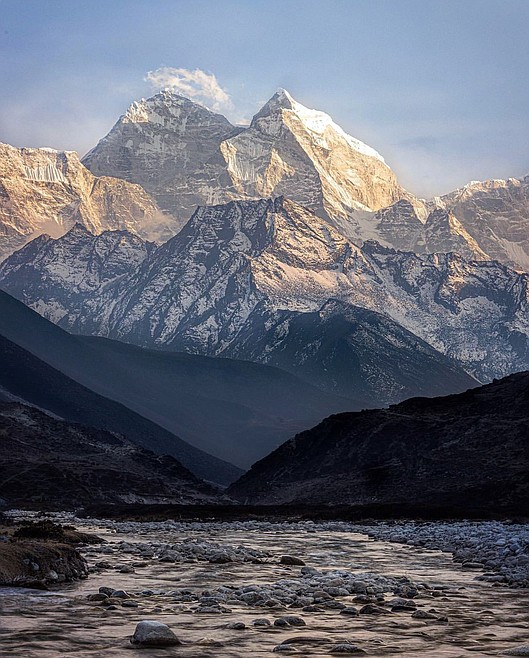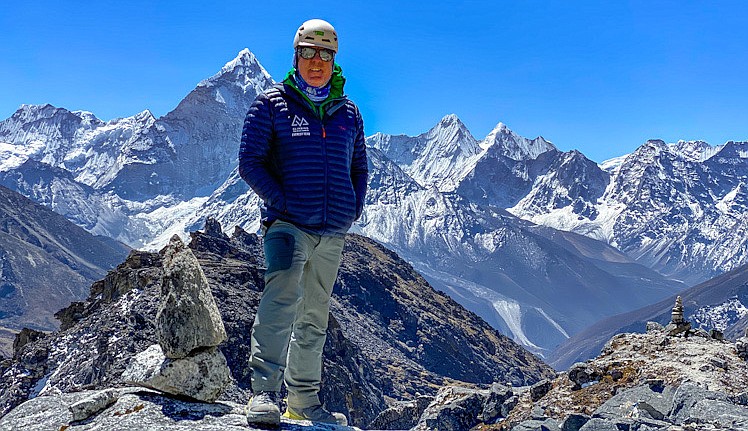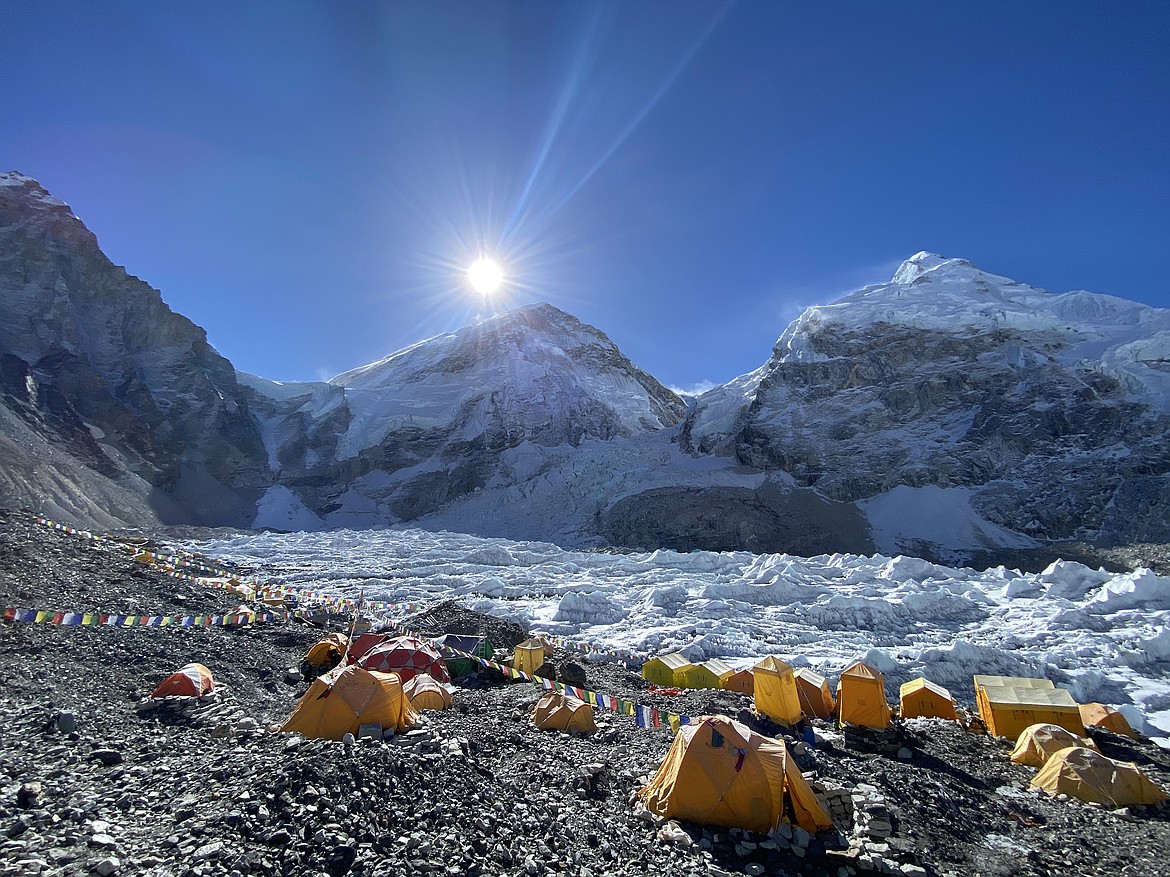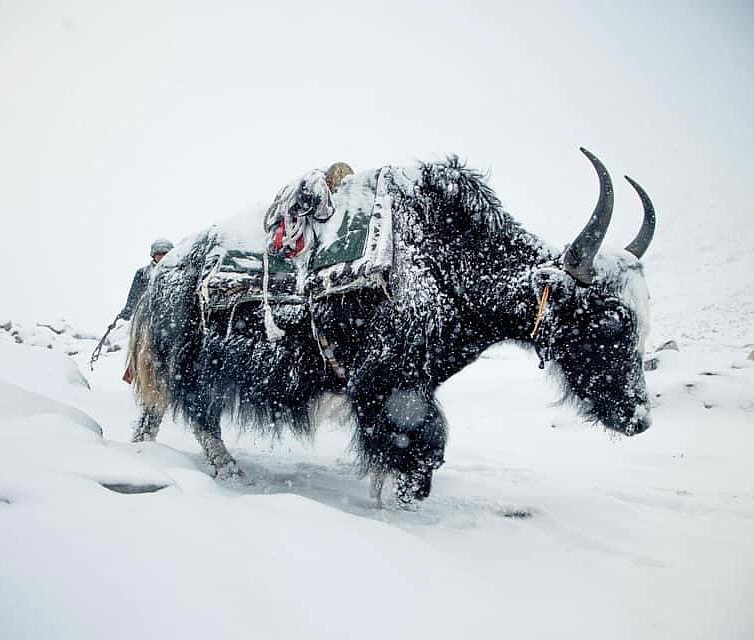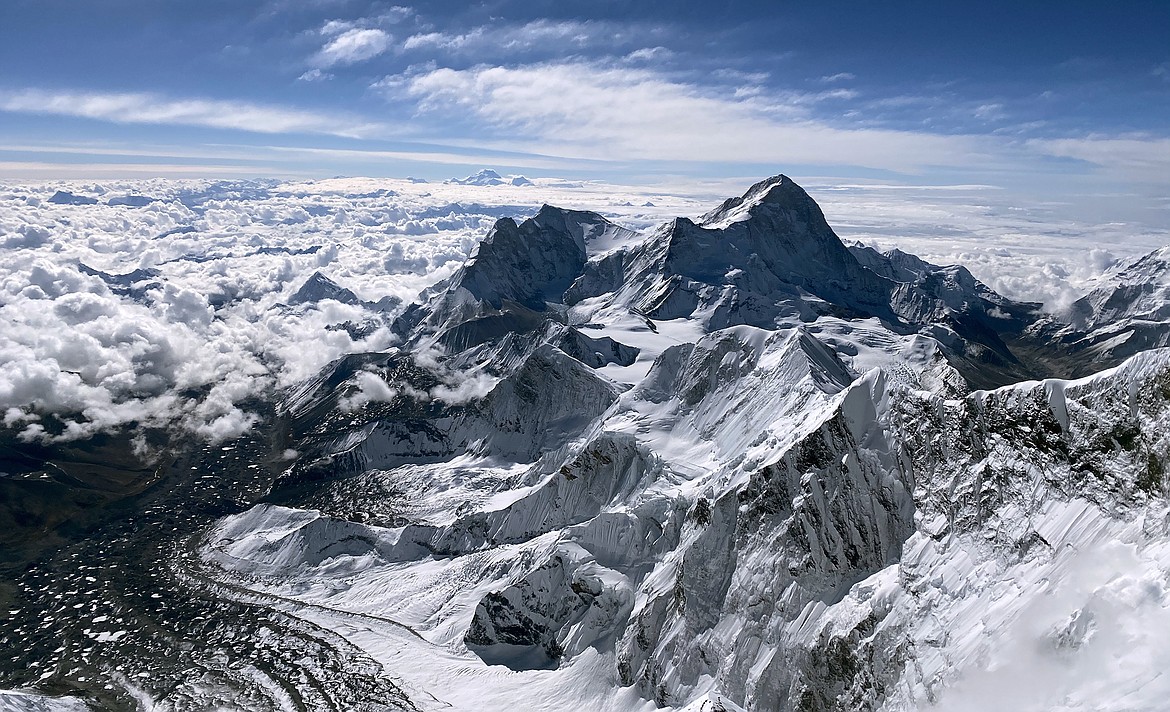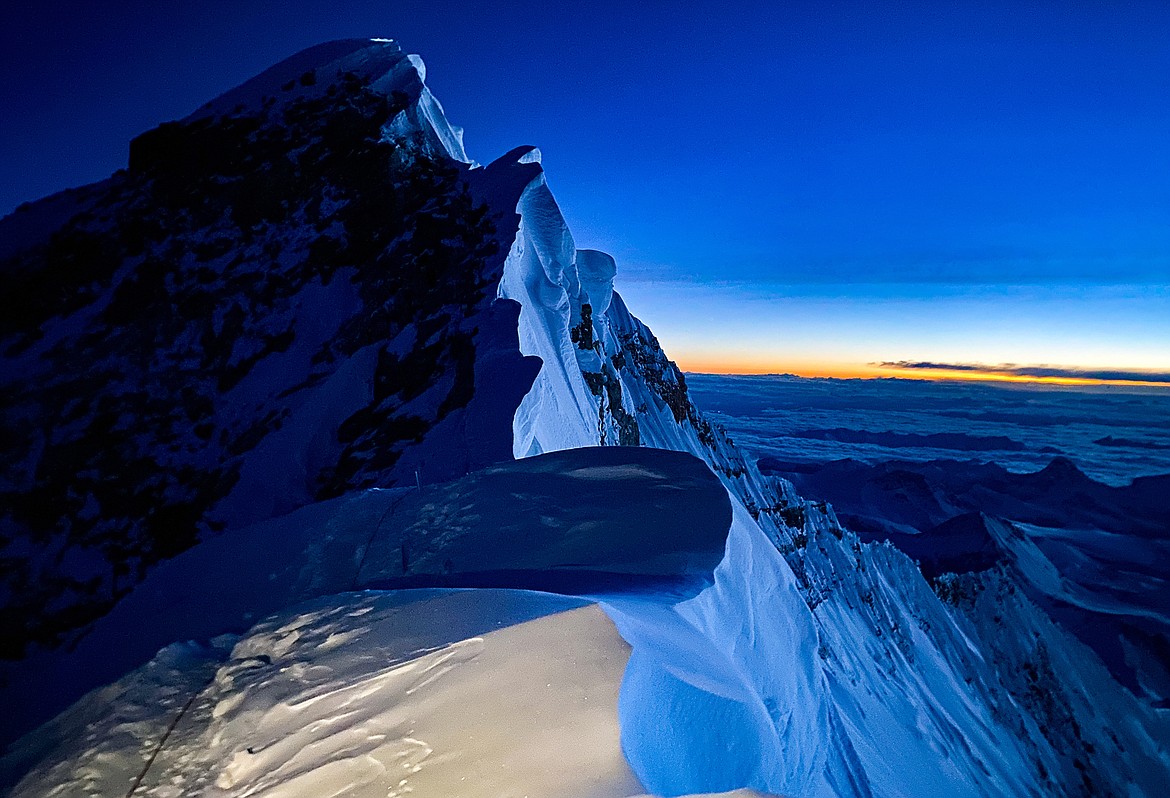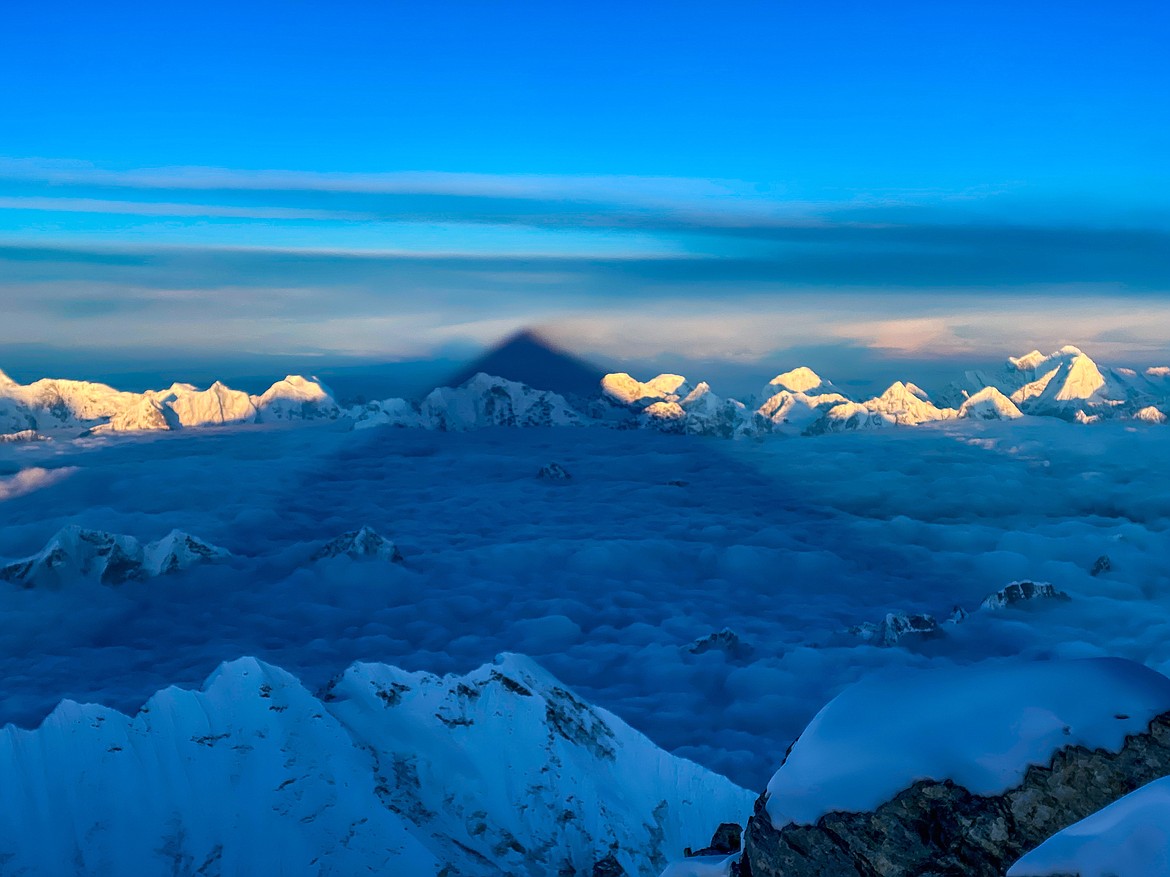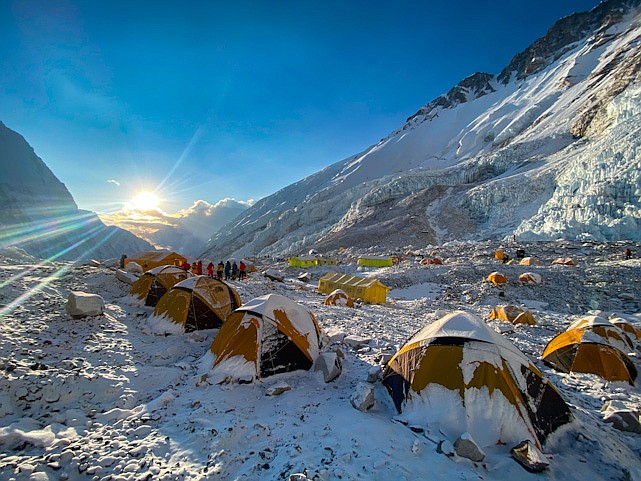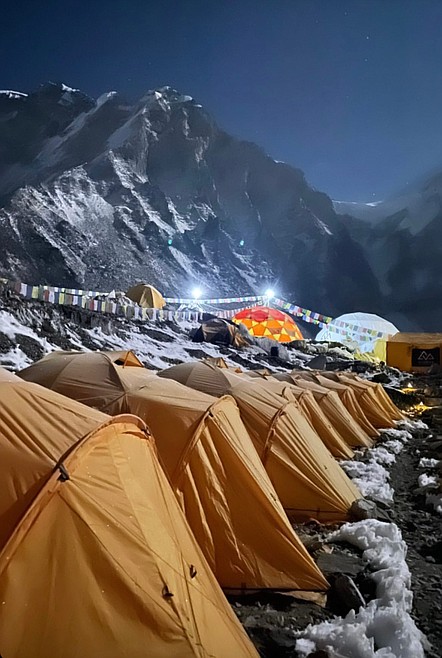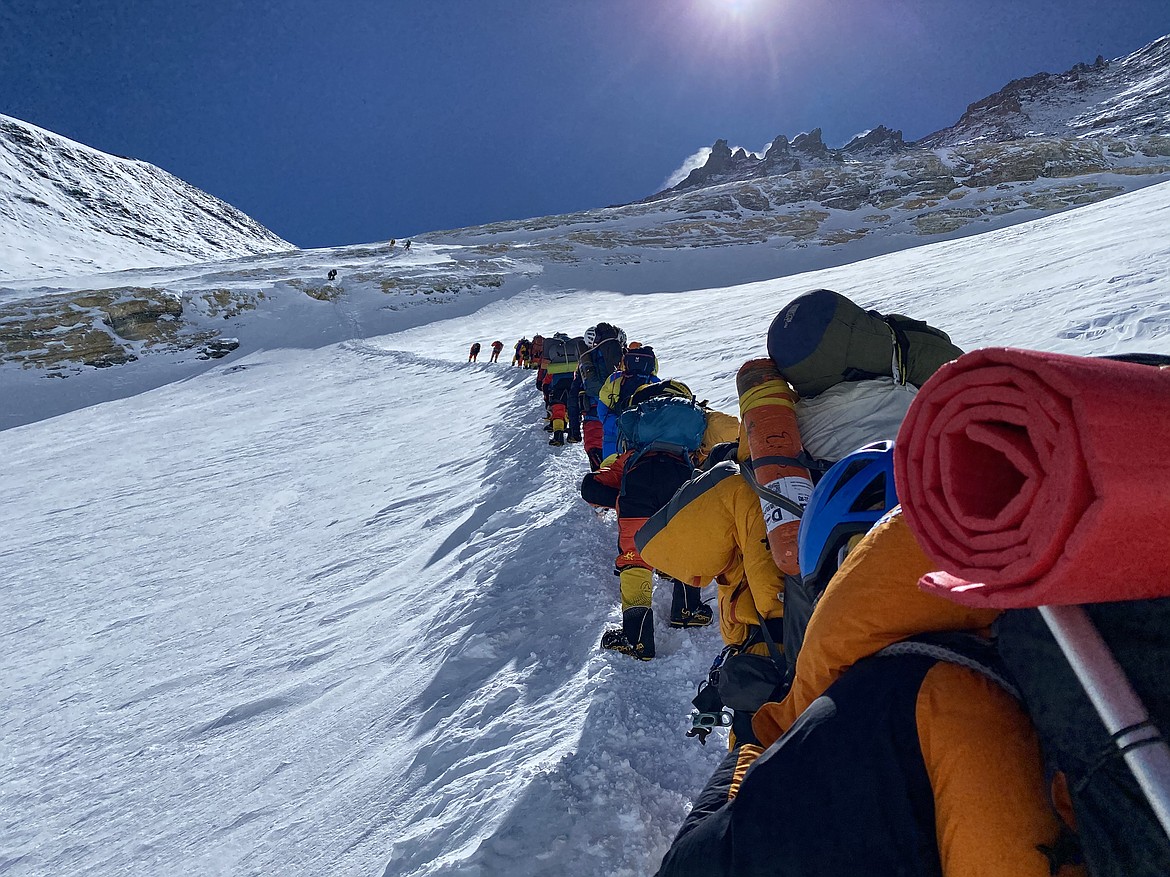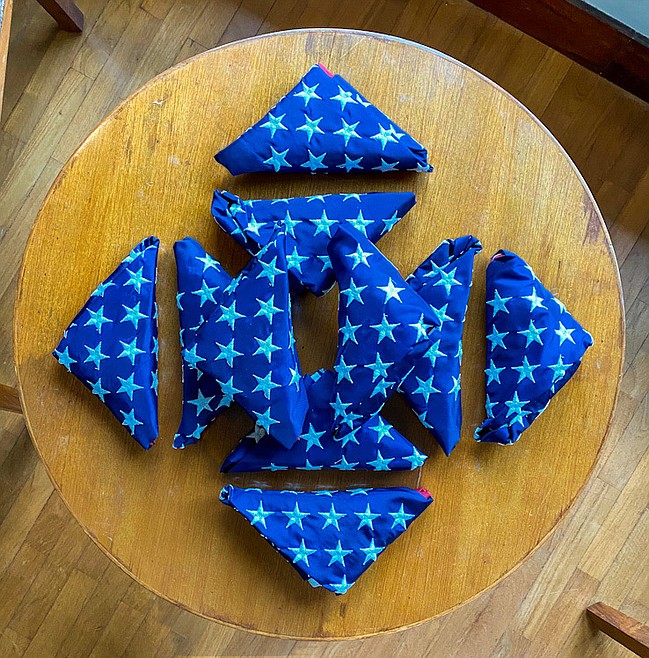Flathead man achieves dream of summiting Mount Everest
Forty-nine year old Steve Stevens has hit the wall. Sweating profusely and not feeling his best, he finds a large rock on which to take a break from his long climb....
Support Local News
You have read all of your free articles this month. Select a plan below to start your subscription today.
Already a subscriber? Login
Daily Inter Lake - everything
Print delivery, e-edition and unlimited website access
- $26.24 per month
Daily Inter Lake - unlimited website access
- $9.95 per month

